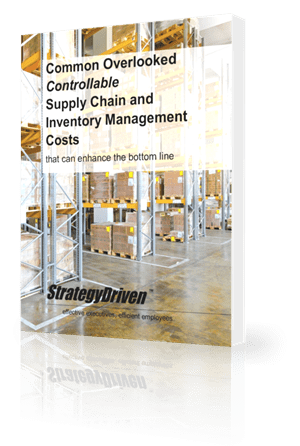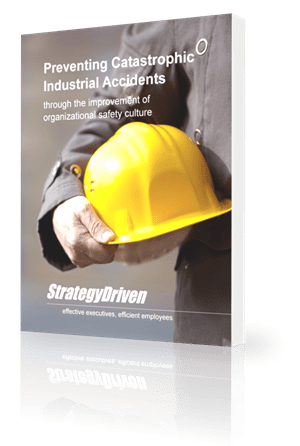Crucial Stages of Employee Onboarding for New Hires

Stage 1: Pre-Onboarding
This is the first stage of onboarding, beginning immediately when a candidate accepts a job offer and continues after joining an organization. During pre-boarding, the offer letter is signed by the new employee, plans for onboarding are scheduled and new relationships are formed.
The new employee will likely have many requests and questions as they get ready for their first day with the organization. Remember that most employees will be finalizing their exit with their current employer at this stage. If they need to relocate to somewhere close to their new place of work, ask if they need help finding a house. You could also send them a document or video briefing them on how the company works and what to expect on their first day.
Stage 2: New Hire Orientation
The second stage of onboarding new hires is marked by the first day of reporting to work. Depending on the role of the new hire and the organization, phase two can last between a couple of days to a few weeks.
This phase is structured and aimed at ensuring new employees understand company policies and the organizational structure. Multiple onboarding workflows take place at the same time during this phase. They include issuing equipment, payroll, benefits enrollment and IT setup. More workflows may be going on depending on the employee’s role and organization policies.
Phase two also includes initial training sessions to help the person understand how the organization operates. The employee will familiarize themselves with tools, processes and learn about policies and procedures that are universal for all employees.
Stage 3: Role Specific Training
With formal training, an employee will have a clear picture of what it takes to thrive. A well crafted training plan helps the employee to feel welcome, and shows that the employer cares about their growth. The first step to role specific training is to familiarize the employee with the company’s learning management system. The employer should explore different types of learning techniques such as:
- Self-paced learning
- Blended learning
- Micro learning
The new hires should select the style that they feel more comfortable with. All the materials for onboarding training should be kept in a safe place where anyone can access easily and refer to any time.
Stage 4: Transition to the New Role
The last stage of onboarding is designed to help transition from a new hire to fully employed. Managers should set clear expectations for the new team members for them to know and understand what is expected from them, and their responsibilities. They should also set goals to help new team members to visualize what quality, productivity and success looks like. Every manager should familiarize themselves with onboarding new hires and what are the 4 phases of onboarding.
Endnote
Onboarding is an important part of a company that needs to be managed carefully. It helps new hires to adapt to company culture, work ethics, and values. The above stages will assist you in onboarding and blending new hires into your organization.













Leave a Reply
Want to join the discussion?Feel free to contribute!